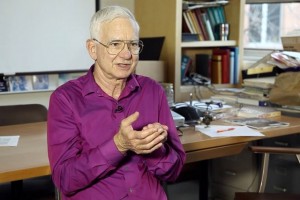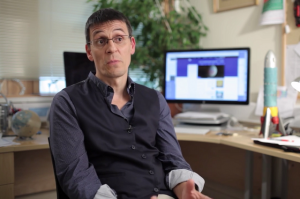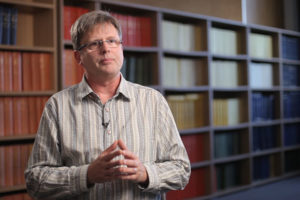Magneto-Optical Trap
Physicist David Pritchard on the efficiency of cold atom experiments, Bose-Einstein condensation, and the use ...
What for are ultrashort laser pulses used? What applications can we find for high intensity light? Can we go to even more focused radiation? Balkanski Professor of Physics and Applied Physics at Harvard University Eric Mazur tells when light determines what happens to the matter.
By ultrashort I mean pulses that are measured in femtoseconds. A femtosecond is 10 to the -15 seconds or a millionth of a billionth of a second. And this is really very very short. If you take a billionth of a second and you compare that to a second it’s like comparing a second to 30 years. Our laser pulses are a millionth of that time. So it’s like a second compared to a 30 million years. So a very very short, in fact there’s very little that happens on that time scale.
When you put so much light together in time in essence you put it together in space and if you also focus it using a lens you get such incredible high intensities that you can essentially generate a conditions that you have in the Sun or at least on the surface of the Sun. And when a light pulse gets that intense the interaction between light and matter changes completely.
Many people ask me what is the limit of this short laser pulses. Can you go to even shorter laser pulses? And the answer is yes, it is possible to generate what is known as attosecond pulses. So now we are talking not about a millionth of a billionth of a second, now we are talking about things that are measured in billionth of a billionth of a second but really hundreds of them so it’s a fraction of the femtosecond.

Physicist David Pritchard on the efficiency of cold atom experiments, Bose-Einstein condensation, and the use ...

Astrophysicist Didier Queloz on the how to find exoplanets, their impact on astronomy, and the uniqueness of o...

Physicist Martin McCall on Maxwell's equations, hiding objects with light, and invisibility cloaks